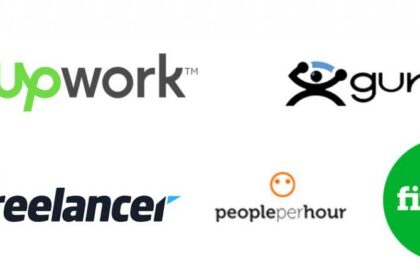In a world where traditional career paths are increasingly overshadowed by the allure of independence, the freelance landscape beckons with the promise of flexibility, creativity, and unprecedented opportunity. However, navigating this dynamic terrain requires more than just talent or ambition; it demands a strategic approach to unlock your full potential. “Unlocking Your Potential: Navigating Freelance Career Growth” delves into the art and science of thriving in the gig economy, offering insights and practical tools to help you chart your own course. From defining your unique brand to mastering the nuances of client relationships, this article invites you to explore the multifaceted journey of freelance growth, empowering you to transform your passion into a flourishing career. Join us as we uncover the keys to success in a world where the only limits are those you set for yourself.
Freelance Writing
offers a unique opportunity to carve your own path, but it requires intentional strategies to truly unlock your potential. One key aspect of growth is diversifying your skill set. Consider the following avenues to expand your capabilities:
- Specialization: Focus on niche topics where you can establish authority.
- Content Formats: Experiment with various formats—blogs, eBooks, scripts, and whitepapers.
- Networking: Join writing communities and attend workshops to connect with other professionals.
As you navigate your freelance career, understanding market trends is vital. Staying attuned to the evolving demands can position you ahead in the competitive landscape. Here’s a simplified overview of current trends to watch:
| Trend | Impact |
|---|---|
| SEO-Optimized Content | Improves visibility and traffic to client sites. |
| Content Marketing Integration | Aligns writing with broader marketing strategies for clients. |
| Remote Collaboration Tools | Enhances communication and project management with clients. |
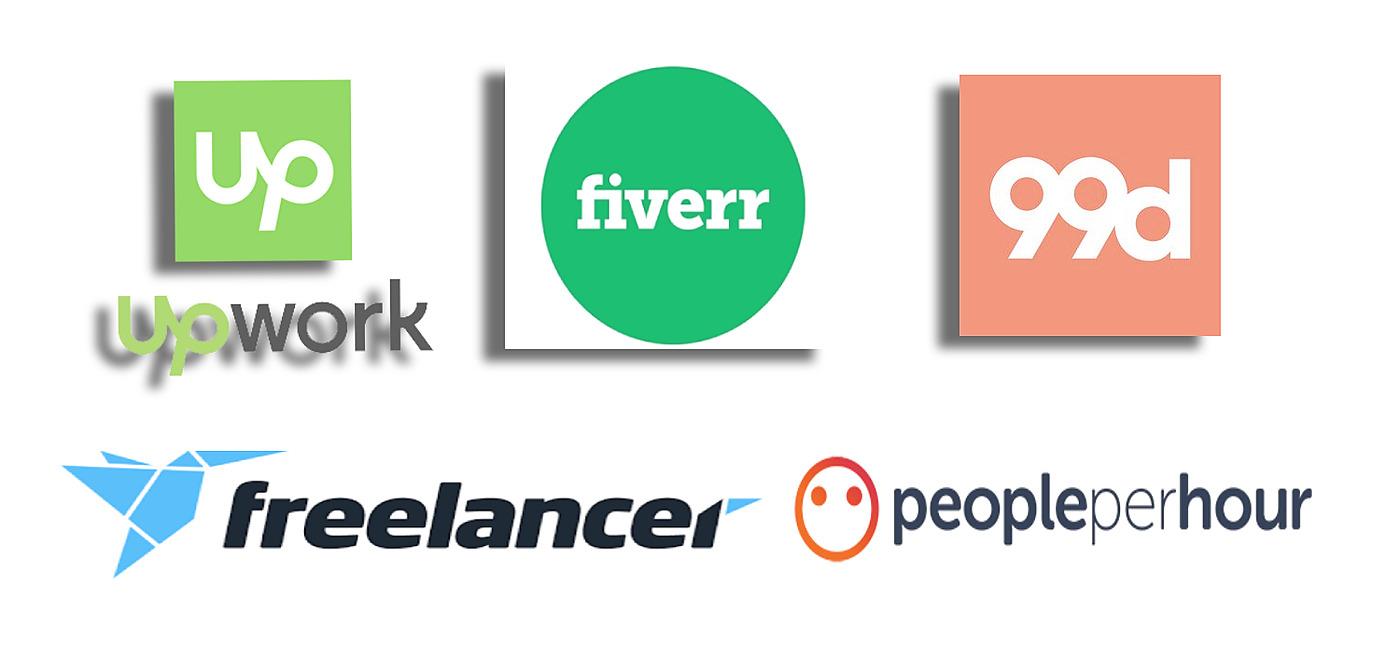
Freelancing Platforms
As the gig economy continues to flourish, several platforms have emerged that cater to diverse talents, offering myriad opportunities for freelancers to showcase their skills. These platforms not only act as a marketplace for services but also provide the essential tools for project management and payment processing. Some of the most popular choices include:
- Upwork – A versatile platform with a wide range of job categories.
- Fiverr – Ideal for creative services; freelancers can offer packages starting at $5.
- Freelancer – Involves bidding on projects, allowing for competitive pricing.
- Guru – Features a workroom for collaboration and an easy payment system.
- PeoplePerHour – Tailored for quick projects and hourly work.
When choosing a platform, consider the following factors to maximize your freelancing success:
| Platform | Best For | Fees |
|---|---|---|
| Upwork | General freelance work | 5% to 20% based on earnings |
| Fiverr | Creative gigs | 20% commission on earnings |
| Freelancer | Competitive bidding | 10% to 20% of project cost |
| Guru | Collaboration on projects | 5% to 9% depending on membership |
| PeoplePerHour | Time-sensitive tasks | 20% for first $500 earned |

Freelance Graphic Design
In today’s digital landscape, the realm of graphic design has transformed, offering incredible opportunities for freelancers. As you embark on your journey, envision your career as a canvas—each brush stroke representing a new skill, connection, or project. Building your portfolio is paramount, showcasing your versatility and creativity. Include a variety of works such as:
- Logos and branding
- Social media graphics
- Website designs
- Illustrations
- Print materials
Moreover, honing your personal brand is crucial for attracting clients and establishing credibility. Consider the following strategies:
| Strategy | Description |
|---|---|
| Continuous Learning | Stay updated with design trends and software advancements. |
| Networking | Engage with other creatives through online platforms and local meetups. |
| Client Engagement | Communicate effectively and understand client needs to foster long-term relationships. |
By incorporating these elements into your freelance practice, you’ll not only enhance your skills but also unlock new avenues for career growth and personal fulfillment.

Freelance Web Development
Embracing a career opens doors to endless possibilities. As you dive into this dynamic realm, it’s essential to hone your skills continuously and stay abreast of the latest trends. Establishing yourself as a versatile developer not only boosts your portfolio but also enhances your marketability. Here are a few key areas to focus on:
- Responsive Design: Ensure your websites adapt seamlessly to any device.
- Front-End Frameworks: Familiarize yourself with tools like React or Vue.js to streamline your development process.
- Back-End Technologies: Understanding frameworks like Node.js can add depth to your offerings.
Networking is also a game-changer in the freelance world. Building connections with other developers, potential clients, and industry leaders can lead to lucrative opportunities. To manage and highlight your contacts effectively, consider maintaining a simple table detailing your network:
| Name | Relationship | Contact Method |
|---|---|---|
| Jane Doe | Fellow Developer | |
| John Smith | Client | |
| Emily Johnson | Mentor | Phone |

Freelance Marketing Consultant
Embarking on a freelance marketing journey offers unparalleled freedom to shape your career on your terms. As you navigate through client acquisition, project management, and strategy development, it’s essential to build a solid foundation. Consider these key components to help you stand out in a competitive landscape:
- Create a Unique Value Proposition: Identify what makes your approach different and hone in on your niche.
- Network Strategically: Engage with industry leaders through social media and professional groups to expand your influence.
- Leverage Online Platforms: Utilize platforms like LinkedIn, Upwork, or Fiverr to showcase your skills and attract potential clients.
As you build your portfolio, remember the importance of continuous learning and adaptation. The marketing landscape is ever-changing, and staying ahead is crucial for sustained success. An effective strategy for growth could include:
| Strategy | Importance |
|---|---|
| Skill Development | Enhances service offerings and increases value to clients |
| Client Feedback | Improves services and fosters client relationships |
| Portfolio Diversity | Showcases adaptability and broadens client attraction |
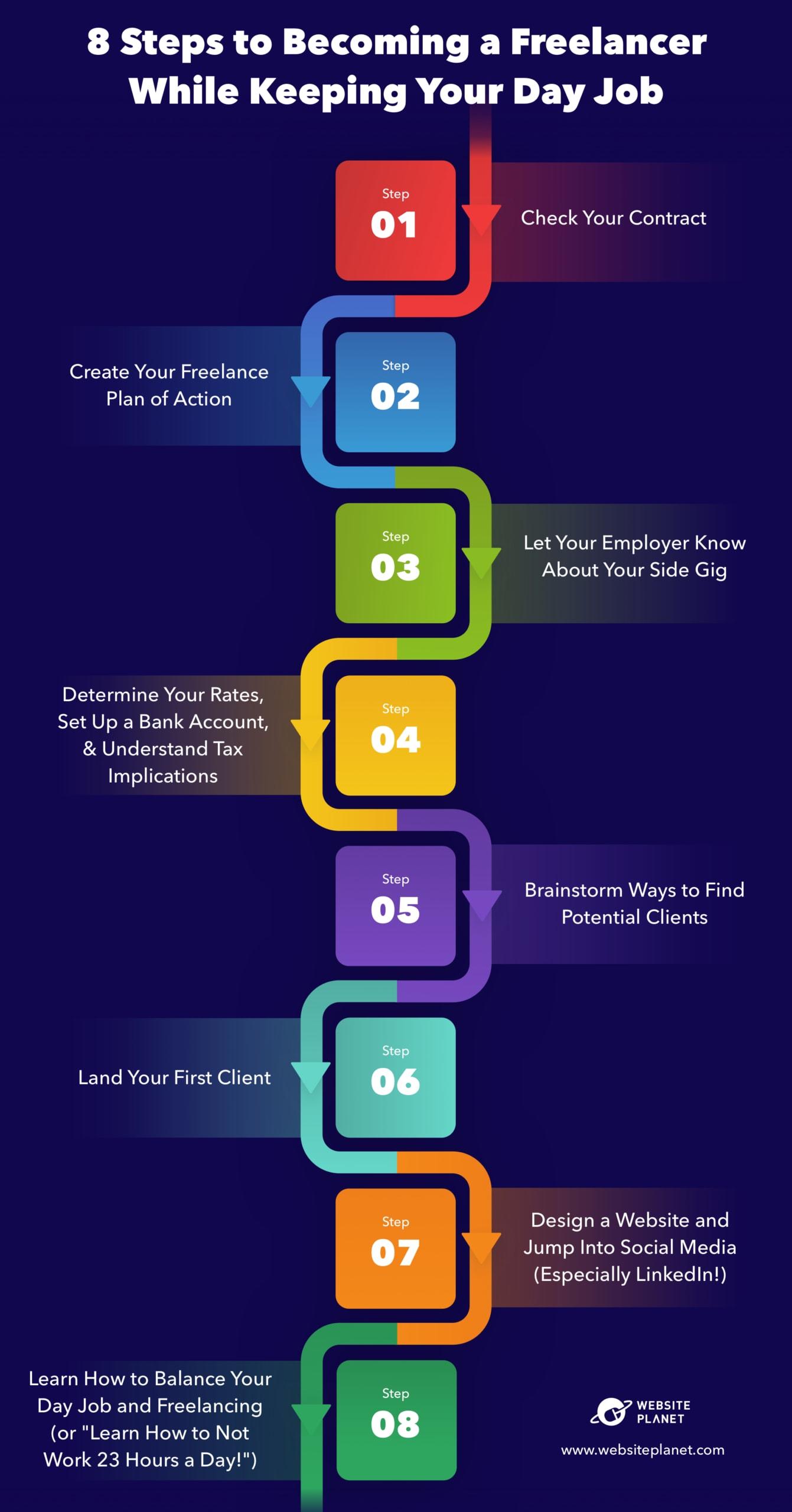
Freelancing for Beginners
Embarking on a freelance journey can feel like navigating uncharted waters, but with the right mindset and strategies, you can flourish. Start by identifying your niche; this could be anything from graphic design to content writing. Diving deep into your area of expertise not only amplifies your skillset but also positions you as a specialist in the eyes of potential clients. Regularly updating your portfolio and showcasing your best work can attract more opportunities. Here are a few essential steps to get you started:
- Define your services: What can you offer that stands out?
- Set realistic goals: Aim for achievable milestones to track your progress.
- Network: Connect with fellow freelancers and engage in online communities.
Building a sustainable freelance career involves not only honing your skills but also mastering the art of client relations. Cultivating strong communication can lead to more consistent work and long-term projects. Consider creating a document to track your clients, projects, deadlines, and payments. This will keep you organized and focused. Below is a simple structure to help manage client information:
| Client Name | Project Title | Due Date | Status |
|---|---|---|---|
| Jane Doe | Website Redesign | 2023-11-15 | In Progress |
| John Smith | SEO Optimization | 2023-12-01 | Pending |
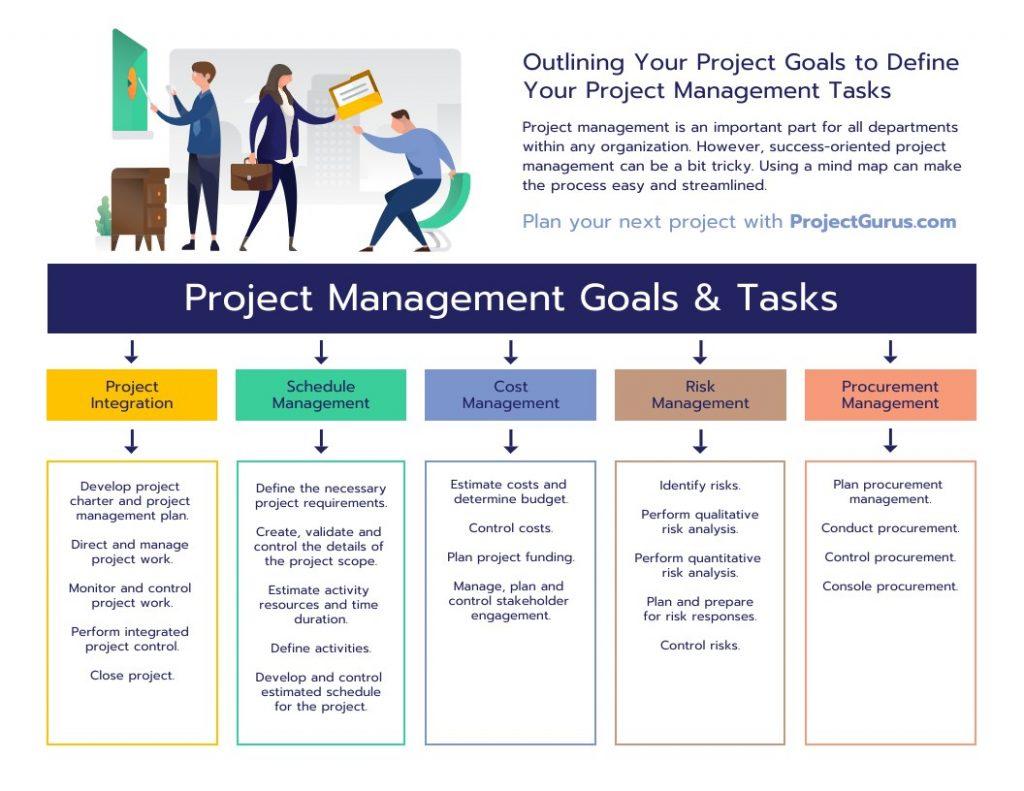
Freelance Project Management
offers a unique opportunity to harness various skills while ensuring successful project delivery. To thrive in this ever-evolving landscape, it is crucial to cultivate a few essential capabilities, including:
- Effective Communication: Clearly articulate goals, expectations, and updates with clients and team members.
- Time Management: Prioritize tasks effectively to meet deadlines without compromising quality.
- Budgeting Skills: Keep a close eye on project finances to ensure profitability.
- Problem-Solving: Address challenges quickly and efficiently to keep projects on track.
Moreover, leveraging project management tools can significantly enhance your productivity and organization. Consider utilizing platforms such as Trello, Asana, or Slack to streamline your workflow. Keeping track of project progress not only helps in meeting deadlines but also builds trust with clients. Here’s a quick comparison of some popular tools:
| Tool | Features | Best For |
|---|---|---|
| Trello | Card-based task management, customizable boards | Visual thinkers |
| Asana | Task assignments, due date reminders | Team collaboration |
| Slack | Real-time messaging, file sharing | Rapid communication |

Remote Freelance Jobs
Embracing a freelance career opens doors to a world of opportunities, allowing you to tap into various skills while enjoying the flexibility of working from anywhere. From graphic design to content creation, the diversity of can ignite your passion and elevate your professional journey. Consider exploring these popular fields:
- Web Development – Crafting seamless user experiences
- Copywriting – Weaving words that sell
- Digital Marketing – Driving brand presence online
- Virtual Assistance – Supporting businesses from afar
As you venture into remote freelancing, establishing a strong online presence is key to attracting clients and showcasing your expertise. Consider creating a professional portfolio and engaging in online communities relevant to your field. Additionally, networking can significantly enhance your chances of securing valuable gigs. Use tools like:
| Tool | Purpose |
|---|---|
| Building professional connections | |
| Upwork | Finding freelance opportunities |
| Behance | Showcasing creative work |

Freelance Photography
is more than just a profession; it’s an art form that allows you to express your unique perspective while building a fulfilling career. As you embark on this journey, consider how to leverage your skills and creativity to stand out in a competitive market. Focus on your niche specialties, whether it’s portrait, landscape, or event photography, and master your craft through practice and continuous learning. Engaging with communities both online and offline can help you forge essential connections, gain valuable feedback, and uncover new opportunities. Here are some strategies to consider:
- Build a Portfolio: Create a diverse yet cohesive portfolio showcasing your best work.
- Networking Opportunities: Attend workshops, exhibitions, and local meet-ups to connect with fellow photographers.
- Social Media Engagement: Use platforms like Instagram and Pinterest to gain visibility and interact with potential clients.
- Collaborate with Other Creatives: Partner with models, makeup artists, or brands to enhance your projects.
Your growth as a freelance photographer largely depends on your ability to adapt to changing industry trends and client expectations. One essential aspect of navigating this evolving landscape is establishing a strong personal brand. Consistency across your marketing materials, social media, and client interactions can elevate your presence and credibility. To effectively manage your time and projects, consider using a structured approach:
| Time Management Tips | Benefits |
|---|---|
| Set Clear Goals | Focus your efforts on what truly matters. |
| Use Project Management Tools | Stay organized and keep track of deadlines. |
| Regularly Assess Your Progress | Identify areas for improvement and adjust your strategy. |

Freelance Video Editing
Entering the world of opens a realm of opportunities to unleash your creativity while building a rewarding career. To thrive in this dynamic landscape, consider cultivating your personal brand by showcasing your unique style and expertise. Utilize platforms such as Behance and Vimeo to share your portfolio. Engaging in online communities or forums can enhance visibility and connect you with potential clients and collaborators. Additionally, consistent networking can lead to referrals and result in long-term partnerships.
As you navigate your freelance journey, it’s crucial to manage both your time and projects efficiently. Adopt tools like Trello or Asana to organize your tasks and deadlines. Setting clear boundaries between work and personal life will help maintain your creative energy. Here’s a simple table to track various aspects of your freelance projects:
| Project Name | Deadline | Status |
|---|---|---|
| Corporate Promo Video | 01/15/2024 | In Progress |
| Short Film Edit | 02/01/2024 | Pending |
| Travel Vlog | 12/30/2023 | Complete |

Freelance Social Media Manager
As a , your role transcends merely posting content. It involves crafting a compelling narrative around a brand that resonates with its audience. To truly unlock your potential, consider focusing on the following key areas:
- Content Strategy: Develop a tailored content calendar that aligns with brand objectives while considering trends and seasonal themes.
- Analytics: Utilize analytics tools to gain insights into audience behavior, which can inform future strategies and content tweaks.
- Engagement: Foster genuine relationships with followers by actively interacting with them through comments, DMs, and shares.
- Continuous Learning: Stay updated with the latest trends, algorithm changes, and best practices to keep your skills sharp.
Networking is equally essential for growth in this competitive field. Find your niche and connect with other professionals and potential clients through various platforms. Here’s a simple guide to enhancing your network:
| Platform | Benefits |
|---|---|
| Professional connections and endorsements | |
| Facebook Groups | Community support and collaboration |
| Real-time industry insights and trending topics | |
| Showcase your portfolio and personality |

Freelance SEO Expert
Transitioning into the world of freelance SEO requires not only technical skills but also a well-defined strategy to attract and retain clients. To stand out in a competitive marketplace, consider enhancing your personal brand by showcasing your expertise through case studies, blogs, and social media presence. Here are some strategies to elevate your profile:
- Develop an engaging portfolio that highlights past successes and specific metrics.
- Utilize platforms like LinkedIn and Upwork to network and gain visibility.
- Create informative content that addresses common SEO challenges faced by businesses.
As you establish yourself, consistent learning becomes essential in the ever-evolving field of SEO. Subscribing to reputable newsletters, attending webinars, and joining professional groups can provide valuable insights and connections. Consider maintaining a growth roadmap that includes:
| Focus Area | Action Item |
|---|---|
| Technical SEO | Complete an advanced course online. |
| Content Strategy | Collaborate with content creators. |
| Client Communication | Practice effective pitching techniques. |

Freelance Copywriting
Embracing a career in opens doors to a realm of creative expression and business opportunities. You have the flexibility to craft your own schedule, pick your clients, and explore various industries. Success in this field often hinges on cultivating a strong personal brand and honing your writing skills. To elevate your freelance career, consider the following strategies:
- Build a Portfolio: Showcase your best work to attract potential clients.
- Network Actively: Engage with other writers and industry professionals through social media and networking events.
- Seek Feedback: Constantly ask for constructive criticism to refine your skills.
- Stay Updated: Keep abreast of industry trends and changing client needs.
As you navigate through , understanding how to manage your time efficiently and communicate clearly with clients is vital. In many cases, your income potential will be directly correlated to your ability to deliver quality content on time. The following table outlines key areas of that can lead to career advancement:
| Skill/Focus Area | Impact on Career |
|---|---|
| SEO Expertise | Increases visibility and client demand. |
| Specialization in Niche Markets | Attracts high-paying clients seeking unique insights. |
| Social Media Engagement | Enhances visibility and establishes your authority. |
| Client Relationship Management | Leads to repeat business and referrals. |
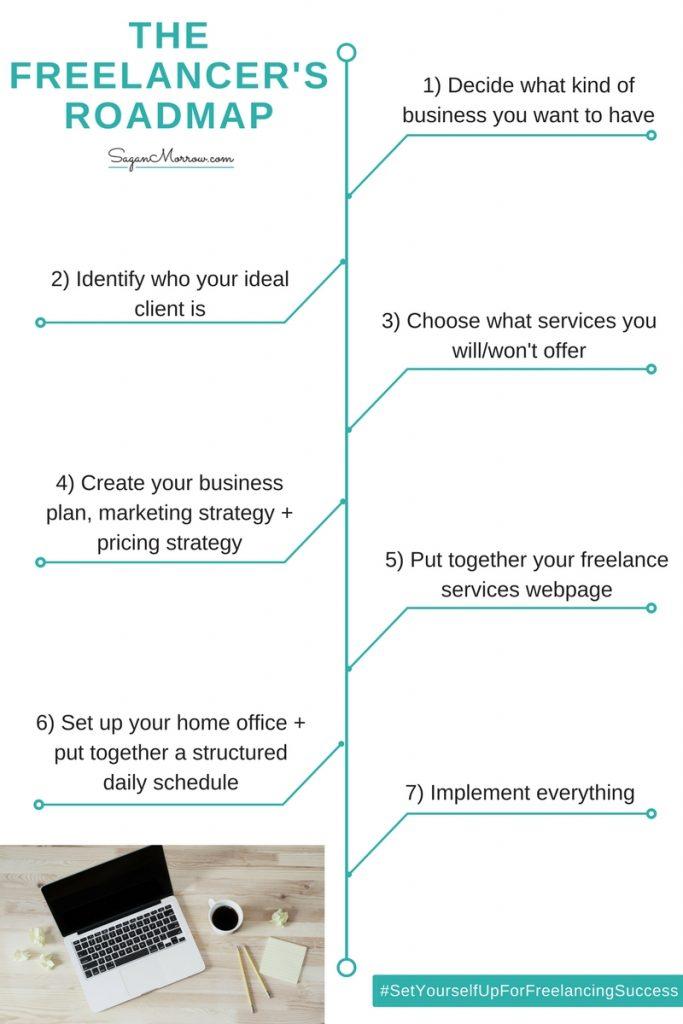
Freelance Business Tips
To thrive as a freelancer, it’s essential to establish a strong personal brand. This involves showcasing your unique skills and personality through various platforms. Consider the following strategies to enhance your brand:
- Create a professional website that highlights your portfolio and testimonials.
- Engage with your audience on social media to build connections and share insights.
- Consistently update your online profiles with your latest work and accomplishments.
- Network actively at industry events, both online and offline.
Another critical aspect of succeeding in the freelance world is effective time management. Balancing projects and personal life can be challenging, but employing the right strategies can help streamline your workflow. Here are some effective techniques:
- Set clear deadlines for each project to maintain accountability.
- Use productivity tools like Trello or Asana to organize tasks and prioritize work.
- Establish a routine that aligns with your peak working hours for optimal focus.
- Take regular breaks to rejuvenate your mind and enhance creativity.
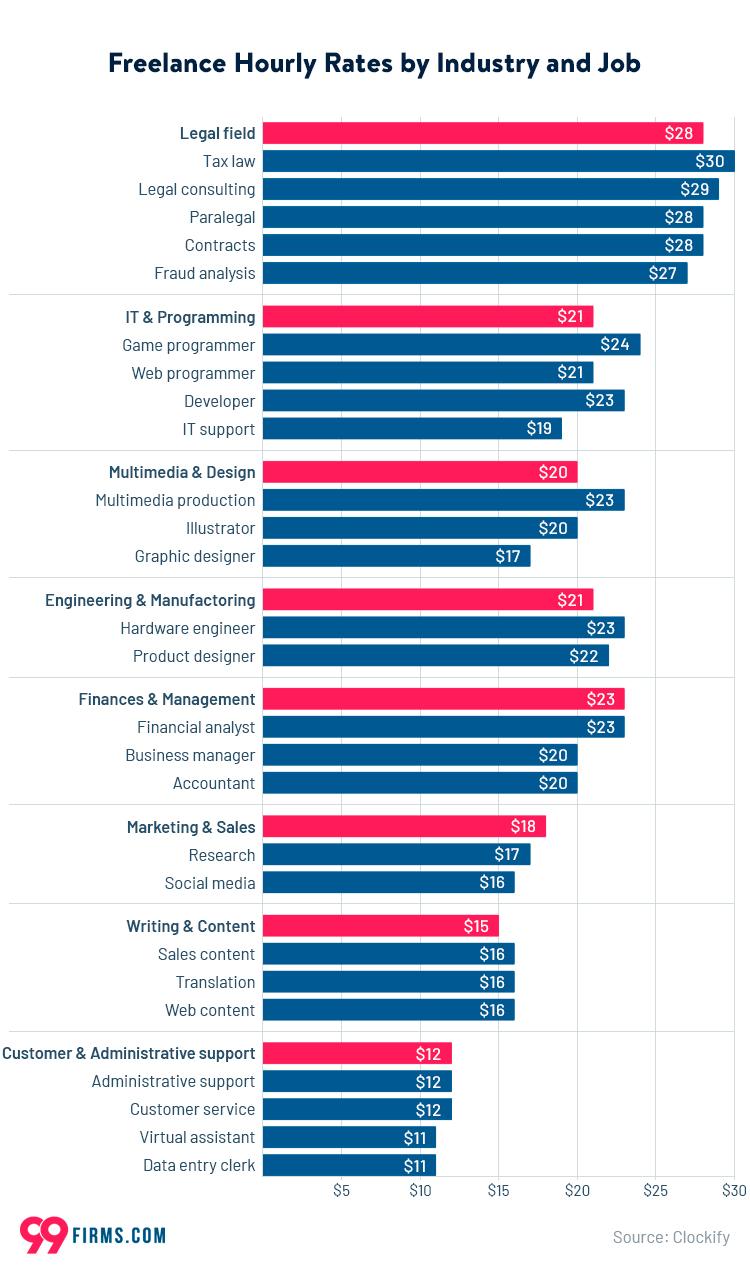
Freelance Rates and Pricing
Determining your value as a freelancer can be challenging, yet it’s crucial for achieving sustainable growth in your career. To effectively set your rates, assess factors such as your experience level, industry demand, and the complexity of projects you undertake. Consider developing a tiered pricing structure based on the services you offer and the clientele you serve:
- Entry-Level: Ideal for those new to freelancing, focusing on building a portfolio.
- Intermediate: A price point that reflects growing skills and a wider client base.
- Expert: Rates that signify extensive experience and a strong reputation in your field.
Additionally, keep an eye on the market trends in your niche to ensure your pricing remains competitive. Here’s a simple overview of freelance rates across various industries:
| Industry | Average Hourly Rate |
|---|---|
| Graphic Design | $25 – $150 |
| Web Development | $30 – $200 |
| Content Writing | $20 – $100 |
| Digital Marketing | $30 – $120 |
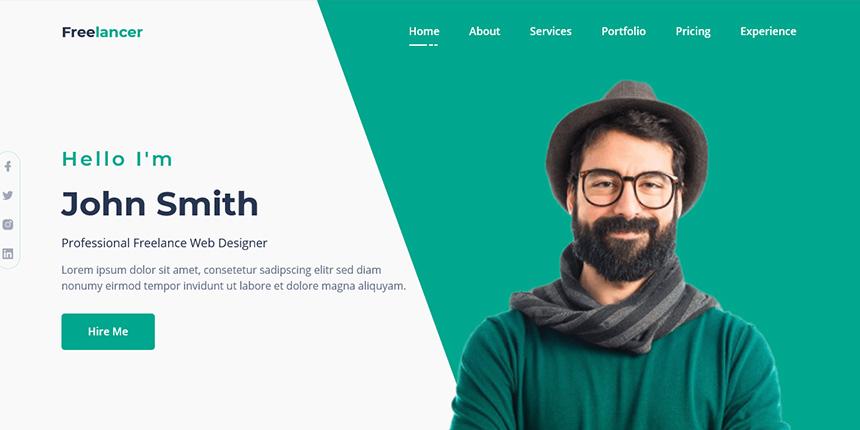
Building a Freelance Portfolio
Creating an impressive freelance portfolio is essential for attracting clients and showcasing your skills. A well-structured portfolio should not only highlight your best work but also tell a story about your professional journey. Consider including the following key elements to effectively communicate your expertise:
- Featured Projects: Select a few standout pieces that reflect your style and capabilities.
- Case Studies: Dive deeper into specific projects, discussing challenges faced and the solutions you implemented.
- Client Testimonials: Real feedback from past clients can add credibility and encourage potential clients to trust your abilities.
- Skills Showcase: Clearly outline your skill set in an organized manner, making it easy for clients to see what you bring to the table.
Additionally, presentation matters when it comes to portfolio building. A clean, user-friendly layout enhances the overall experience for visitors. You can utilize a simple table to categorize your work, providing quick access to pertinent information:
| Project Name | Type | Year |
|---|---|---|
| Website Redesign | Web Development | 2023 |
| Social Media Campaign | Marketing | 2022 |
| Brand Identity | Graphic Design | 2021 |
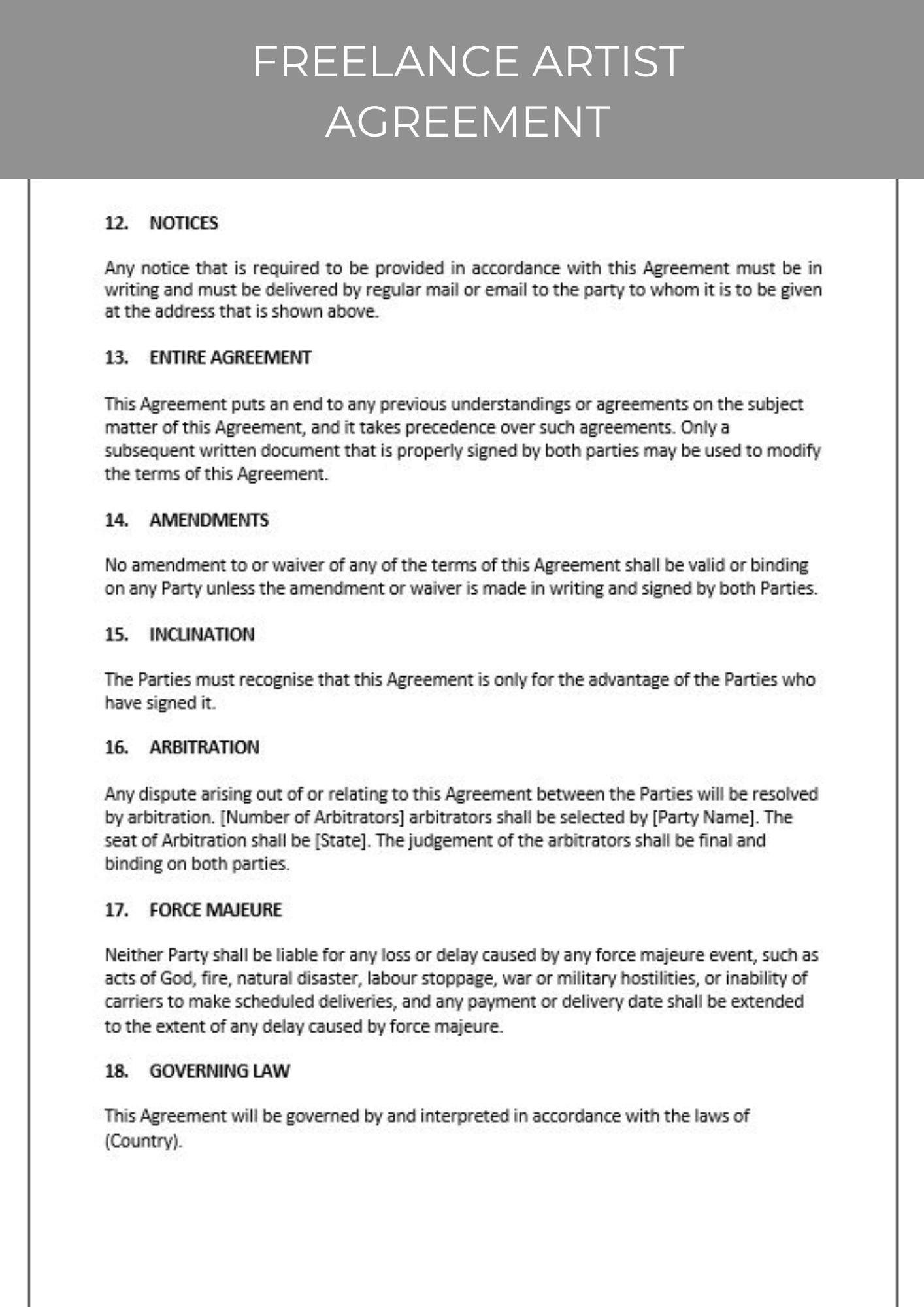
Freelance Contract Templates
In the fast-paced world of freelancing, having a solid contract template can be your best ally. These templates not only protect your rights but also clarify expectations, ensuring a smooth working relationship with clients. Essential elements to include in your freelance contract should be:
- Scope of Work: Clearly define the tasks and deliverables.
- Payment Terms: Specify rates, payment schedule, and methods of payment.
- Confidentiality Clause: Protect sensitive information exchanged during the project.
- Termination Conditions: Outline how either party can terminate the contract.
- Intellectual Property Rights: Clarify ownership of the work produced.
Using well-crafted contract templates also allows you to navigate complex client demands with ease. Ensure that your contract is visually appealing and easy to read, perhaps by using WP Table classes for better organization. Here’s a simple comparison table to help you choose the right template based on your freelance niche:
| Niche | Recommended Template Type |
|---|---|
| Graphic Design | Project-Based Contract |
| Writing | Hourly Rate Contract |
| Web Development | Milestone-Based Contract |
| Marketing | Retainer Agreement |

Freelance Time Management
Effective management of your time is essential when navigating the freelance landscape. Prioritizing tasks can help you allocate your energies wisely and enhance productivity. Consider creating a daily or weekly schedule to structure your work hours while allowing flexibility. Here are some strategies to implement:
- Set clear deadlines: Establish firm timelines for projects to boost accountability.
- Use tools: Employ task management software or apps to keep track of ongoing projects.
- Break down tasks: Divide large projects into manageable parts to avoid feeling overwhelmed.
- Incorporate breaks: Regular short breaks can reinvigorate your focus and creativity.
In addition to staying organized, it’s important to understand the value of your time. Learn to assess your skills and determine appropriate pricing for your services, ensuring that you’re compensated fairly for your work. You might find it useful to create a simple table comparing your services and corresponding time investments for better pricing strategy:
| Service | Estimated Time | Pricing |
|---|---|---|
| Content Writing | 5 hours | $250 |
| Graphic Design | 4 hours | $300 |
| Social Media Management | 6 hours/week | $400/month |

Freelance Networking
Building a strong network is essential for any freelancer looking to expand their opportunities and enhance their professional reputation. Engaging with fellow freelancers and industry professionals can lead to potential collaborations, referrals, and valuable insights. Here are some effective strategies to enhance your :
- Utilize Social Media: Platforms like LinkedIn, Twitter, and Instagram are invaluable for connecting with others in your industry. Share your work, engage in discussions, and follow influencers in your niche.
- Attend Local and Online Events: Joining workshops, webinars, and meetups allows you to meet like-minded individuals and create lasting connections.
- Leverage Freelance Job Boards: Participating in communities on platforms like Upwork or Freelancer can help you find not only job opportunities but also valuable contacts.
Creating a personal branding strategy can significantly boost your networking efforts. A well-crafted online presence establishes credibility and showcases your skills. Consider implementing the following:
| Personal Branding Tips | Description |
|---|---|
| Your Online Portfolio | Include samples of your work, testimonials, and a brief bio to attract potential clients. |
| Consistent Messaging | Ensure that your branding, from visuals to tone, is consistent across all platforms. |
| Engagement with Industry Leaders | Regularly engage with content from industry leaders to increase visibility and influence. |

Freelancing in Tech
Freelancing in the technology sector can be both exhilarating and intimidating. As you embark on your journey, it’s crucial to understand the landscape and position yourself for success. Here are some key strategies to keep in mind:
- Build a Portfolio: Showcase your skills with a diverse range of projects.
- Network: Connect with peers and potential clients through platforms like LinkedIn and GitHub.
- Stay Updated: Continuously learn about new technologies and trends to remain competitive.
- Set Clear Goals: Define what success looks like for you, whether it’s financial stability, skill mastery, or work-life balance.
To further facilitate your growth, consider creating tailored packages that highlight your unique offerings. You might categorize your services into distinct tiers, allowing potential clients to select according to their needs. Here’s a simple representation of service tiers:
| Service Tier | Features | Pricing |
|---|---|---|
| Basic | Single-page website, Basic SEO | $500 |
| Standard | Multi-page website, SEO Optimization, Social Media Setup | $1,200 |
| Premium | E-commerce Integration, Ongoing Support, Advanced Analytics | $2,500 |
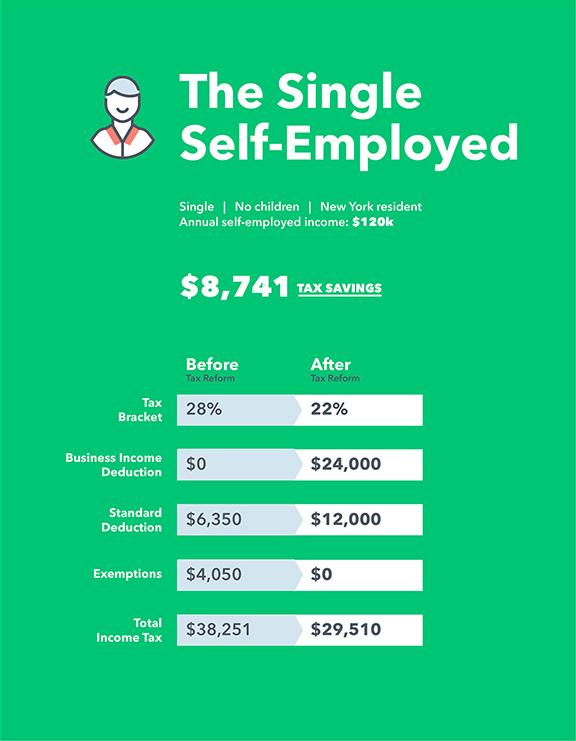
Freelance Taxes and Accounting
As a freelancer, understanding the intricacies of tax obligations is crucial to maintain financial health and prevent surprises during tax season. Freelance income is generally subject to self-employment tax, which means you’re responsible for paying both the employer and employee portions of Social Security and Medicare taxes. It’s advisable to set aside a portion of your earnings—typically around 25% to 30%—for taxes to ensure you’re prepared when it’s time to file. Keeping a meticulous record of your expenses is equally important; these can be deducted to lower your taxable income, ultimately maximizing your profitability.
To streamline your accounting processes, consider implementing the following strategies:
- Use accounting software: Programs like QuickBooks or FreshBooks can automate the tracking of income and expenses.
- Open a separate business bank account: This prevents mixing personal and professional finances, making it easier to monitor cash flow.
- Keep receipts: Organize physical and digital copies of invoices and receipts to substantiate your deductions during tax filings.
| Expense Category | Potential Deductions |
|---|---|
| Home Office | Proportional share of rent, utilities, and internet |
| Business Supplies | Stationery, software subscriptions, and equipment |
| Professional Services | Accountant fees, legal advice, and freelance platforms |

Freelance Client Retention
Retention of clients in the freelance space hinges on establishing strong relationships built on trust and reliable communication. To maintain a loyal client base, focus on giving exceptional service that goes beyond their expectations. Regular check-ins, updates on project progress, and welcoming feedback can foster an ongoing dialogue that reassures clients of their choice. Becoming a partner in their journey, rather than just a service provider, can lead to repeat business and referrals. Consider implementing personalized strategies that cater to each client’s unique needs and preferences. This could include remembering their preferences or important dates related to your collaboration.
Another critical factor in client retention is professionalism and consistency in your work. Delivering high-quality results on time builds a reputation that clients trust. Establish a clear process for deadlines, deliverables, and communication, ensuring that clients are kept in the loop throughout the project’s lifecycle. Utilizing tools such as project management software can streamline this process and keep everything organized. Consider offering incentives for long-term partnerships, such as discounts for ongoing projects or loyalty bonuses, enhancing the value they see in their relationship with you.

Freelancing Full-Time vs Part-Time
When embarking on a freelancing journey, one of the first choices you’ll face is deciding between full-time and part-time work. Both options offer unique benefits and drawbacks, tailored to different lifestyles and aspirations. Full-time freelancing typically provides a deeper engagement with clients and projects, often leading to higher income potential and professional development. However, it also demands greater time commitment and can lead to burnout if not managed properly. On the other hand, part-time freelancing allows for greater flexibility, making it an attractive option for those balancing other commitments, such as a main job or family responsibilities. It enables individuals to gradually build their brand and portfolio without the pressure of relying solely on freelance income.
What it ultimately boils down to is personal preference and circumstances. Here are some considerations to guide your decision:
- Income Goals: Determine how much you need or want to earn.
- Time Constraints: Assess how much time you can realistically dedicate.
- Project Variety: Evaluate whether you prefer diverse projects or diving deep into fewer ones.
- Work-Life Balance: Decide what balances best with your lifestyle.
| Factor | Full-Time Freelancing | Part-Time Freelancing |
|---|---|---|
| Income Potential | Higher | Moderate |
| Flexibility | Less | More |
| Workload | Constant | Variable |
| Client Engagement | Deep | Shallow |

Freelance Job Boards
To successfully navigate the freelance landscape, leveraging is essential. These platforms connect professionals with potential clients seeking diverse services and skills. Here are some popular options to explore:
- Upwork: A comprehensive platform for freelancers across various industries, from writing to programming.
- Fiverr: Best for offering specific services at set prices, making it ideal for creatives.
- Freelancer: Offers a competitive bidding system, giving freelancers opportunities to showcase their skills.
- Guru: Features a workroom for seamless project collaboration, attracting long-term clients.
- PeoplePerHour: Focused on project-based work, particularly popular in the UK.
When using these boards, ensure your profile is optimized and highlights your skills. Consider creating a table to track your applications and manage follow-ups efficiently:
| Job Board | Application Status | Follow-Up Date |
|---|---|---|
| Upwork | Submitted | 2023-10-15 |
| Fiverr | In Review | 2023-10-16 |
| Freelancer | Interview Scheduled | 2023-10-17 |
| Guru | Waiting for Response | N/A |
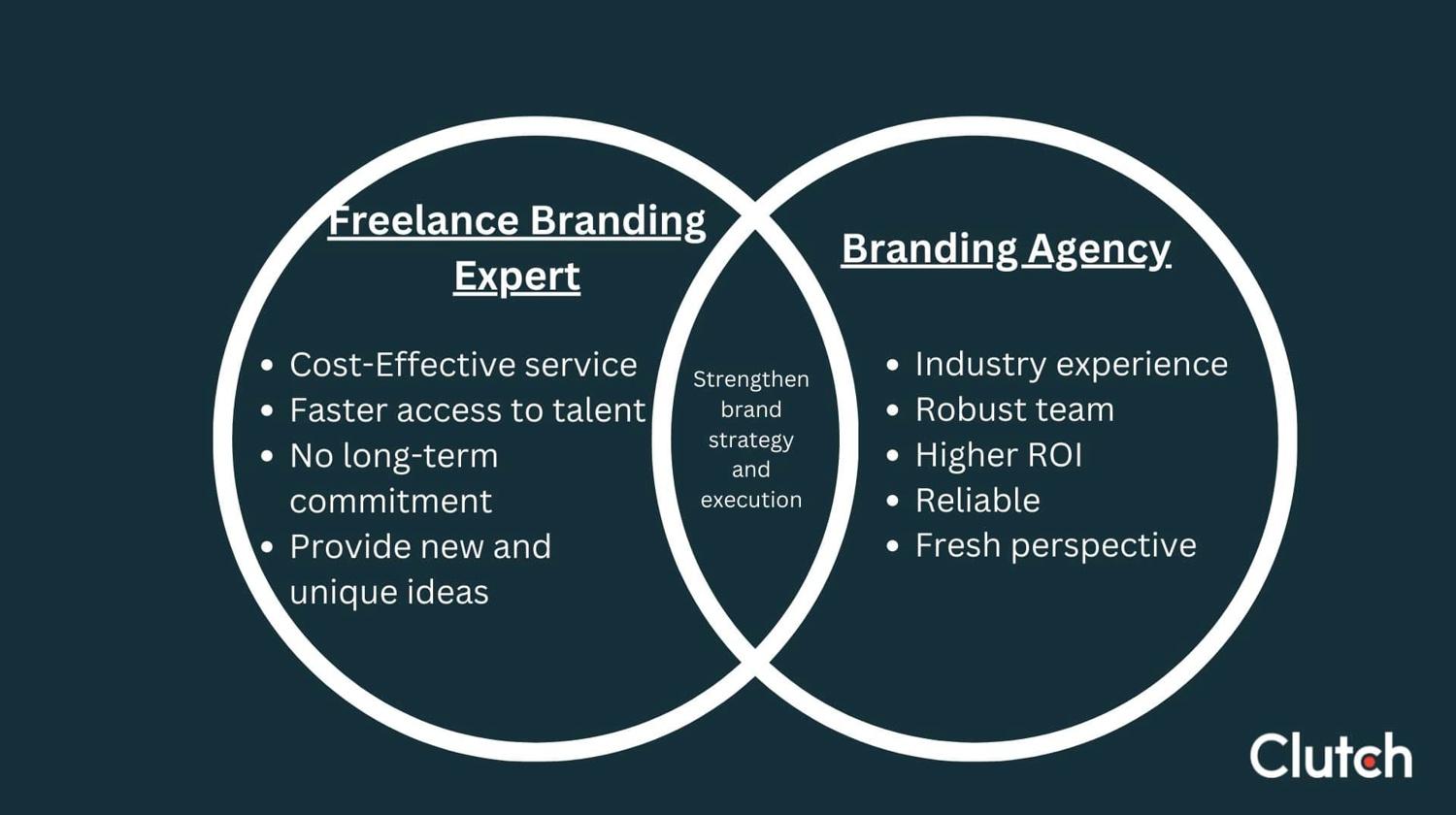
Freelance Branding Strategies
Establishing a strong personal brand is essential for freelancers seeking to differentiate themselves in a competitive marketplace. Start by identifying your unique selling points—what makes you stand out from others in your field? Once you have pinpointed your skills and expertise, reflect them consistently across all your platforms. This includes your website, social media profiles, and online portfolios. Your online presence should not only showcase your work but also convey your personality and values, making it relatable to potential clients.
Furthermore, invest time in building a network that resonates with your brand. Engage authentically with your audience on social platforms, share valuable content, and participate in industry discussions to establish credibility. Consider creating a content schedule that differentiates your insights and expertise within your niche. Here’s a simple table to illustrate effective content types you might produce:
| Content Type | Description |
|---|---|
| Blog Posts | In-depth articles showcasing your knowledge and tips in your industry |
| Videos | Short tutorials or discussions that highlight your expertise and personal brand |
| Webinars | Interactive sessions to engage with your audience and provide value directly |
| Social Media Posts | Regular updates showcasing your work and industry trends to stay relevant |

Freelancing in Graphic Design
offers a unique blend of creativity and flexibility that can propel your career in exciting directions. As a freelancer, you have the freedom to choose your clients, projects, and work environment, allowing your creative juices to flow without unnecessary constraints. This autonomy creates opportunities to refine your style and build a distinct portfolio that speaks to your strengths. Building a solid personal brand is crucial; consider these key strategies:
- Create a Portfolio: Showcase your best work to potential clients, emphasizing versatility and creativity.
- Network Actively: Engage with other professionals in online communities and local networking events.
- Utilize Social Media: Share your design processes and completed projects to attract attention and invite collaborations.
- Seek Feedback: Constructive criticism can refine your skills and enhance your design approach.
As you navigate your freelance journey, the balance between maintaining client relationships and expanding your skills is essential. It’s important to continuously invest in professional development, whether through online courses or attending workshops. Staying updated with industry trends not only improves your craft but also keeps you competitive. Below is a table outlining some useful resources that can accelerate your growth:
| Resource | Type | Link |
|---|---|---|
| Skillshare | Online Course | blank”>Visit |
| Adobe Creative Cloud Tutorials | Video Tutorials | blank”>Visit |
| Dribbble | Design Community | blank”>Visit |
| Behance | Portfolio Platform | blank”>Visit |

Freelance Personal Development
In the dynamic realm of freelancing, personal development is not just an option; it’s a necessity. Embracing a growth mindset allows you to constantly refine your skills and adapt to changing market demands. Consider the following strategies to enhance your personal and professional journey:
- Continuous Learning: Invest in online courses, workshops, and webinars to expand your expertise and keep your skills fresh.
- Networking: Build relationships with fellow freelancers and industry professionals to gain insights and new opportunities.
- Self-Reflection: Regularly assess your strengths and weaknesses to identify areas for improvement and measure your progress.
- Time Management: Develop effective strategies to prioritize tasks and maintain a healthy work-life balance.
To illustrate the impact of personal development, consider this simple framework that highlights key areas to focus on:
| Focus Area | Action Steps |
|---|---|
| Skill Building | Enroll in a new course or read industry-relevant books each month. |
| Networking | Attend at least one event or online meeting per quarter. |
| Self-Care | Schedule regular breaks and leisure activities to recharge. |
By integrating these practices into your freelance routine, you’ll not only enhance your professional viability but also foster a fulfilling career that aligns with your personal aspirations. Unlocking your potential means taking proactive steps towards self-improvement, ultimately leading to sustained success in the freelance landscape.
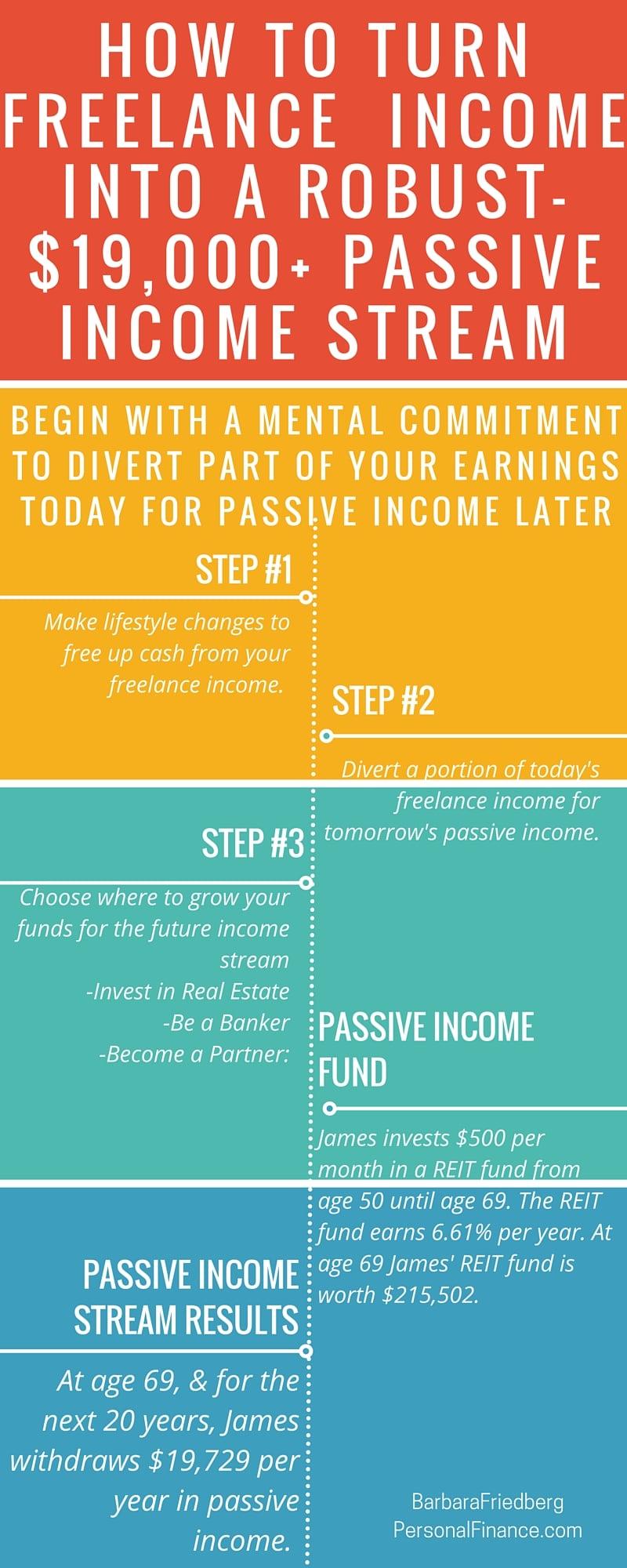
Freelance Income Diversification
Diversifying your income streams is key to achieving financial stability and personal growth in a freelance career. Not only does it help reduce reliance on a single client or project, but it also opens the door to various opportunities that can enhance your skillset. Consider the following avenues to add variety to your income:
- Offer Online Courses: Share your expertise by creating courses on platforms like Udemy or Teachable.
- Consulting Services: Leverage your specialized knowledge to provide one-on-one coaching or consultation.
- Affiliate Marketing: Partner with brands to promote their products and earn commissions on sales through your referrals.
- Writing eBooks: Compile your knowledge into eBooks for publication on Amazon or your website.
Taking a strategic approach to income diversification can lead to increased resilience in the face of market fluctuations. Utilizing a variety of skills not only enhances your offerings but also attracts a wider audience. A great way to visualize your growth strategy is through a simple table:
| Income Stream | Time Investment | Potential Earnings |
|---|---|---|
| Online Courses | Medium | High |
| Consulting Services | Low | Medium |
| Affiliate Marketing | Low | Variable |
| Writing eBooks | High | High |

Freelance Career Growth
To foster a thriving freelance career, it’s essential to embrace a proactive mindset that prioritizes continuous learning and skill diversification. Establish a routine that blends professional development with practical experience. This might involve:
- Attending workshops or online courses relevant to your niche.
- Networking with fellow freelancers and industry professionals.
- Exploring new platforms or tools that can enhance your productivity.
Furthermore, building a strong personal brand can significantly elevate your profile in the freelance marketplace. Focus on establishing an online presence through a well-curated portfolio and active engagement on social media. Consider utilizing:
| Platform | Purpose |
|---|---|
| Professional networking and showcasing credentials. | |
| Visual storytelling and portfolio display. | |
| Medium | Sharing insights and building authority in your field. |
By blending skills development with a strategic online presence, you set the foundation for not only surviving but thriving in the competitive freelance landscape.
Freelance Market Trends 2024
The freelance landscape is evolving at an unprecedented pace, with remote work, technology integration, and diverse client needs shaping new opportunities for freelancers in 2024. A significant trend is the increasing demand for specialized skills, particularly in niches such as artificial intelligence, digital marketing, and sustainability consulting. This shift presents an exciting avenue for freelancers to differentiate themselves and cater to a more selective client base. As businesses pivot towards skilled professionals who can instantly add value, it’s imperative for freelancers to continuously enhance their expertise and adapt to industry innovations.
Moreover, clients are prioritizing flexibility and quick turnaround times, making effective time management and communication skills more critical than ever. To thrive, freelancers should consider leveraging collaborative tools and platforms that facilitate seamless project management and client interaction. The following strategies can aid in navigating these trends:
- Continuous Learning: Stay updated with the latest industry practices and technologies.
- Networking: Leverage platforms like LinkedIn to connect with peers and potential clients.
- Diversifying Services: Broaden your offerings to meet various client needs.
- *Building a Personal Brand: Cultivate a unique presence online to attract your ideal clientele.
The Conclusion
As we draw the curtains on this exploration of navigating freelance career growth, it’s important to remember that the journey is as unique as the individuals who embark on it. Unlocking your potential isn’t just about acquiring skills or building a portfolio; it’s about embracing the complexities of your own professional landscape. With every project, every connection, and every lesson learned, you are weaving a tapestry that reflects your distinct path.
As the freelance world continues to evolve, so too must you. Stay curious, remain adaptable, and don’t be afraid to venture outside your comfort zone. Each twist and turn could lead you to new opportunities, insights, and ultimately a more fulfilling career.
So, as you step forward, take with you the knowledge that growth is not a destination, but a continuous journey. Harness the tools and strategies discussed, trust in your abilities, and continue to cultivate your passions. The freelancer’s path can be challenging, yet it is rife with potential waiting to be unlocked. Step boldly into your future; the possibilities are endless.



